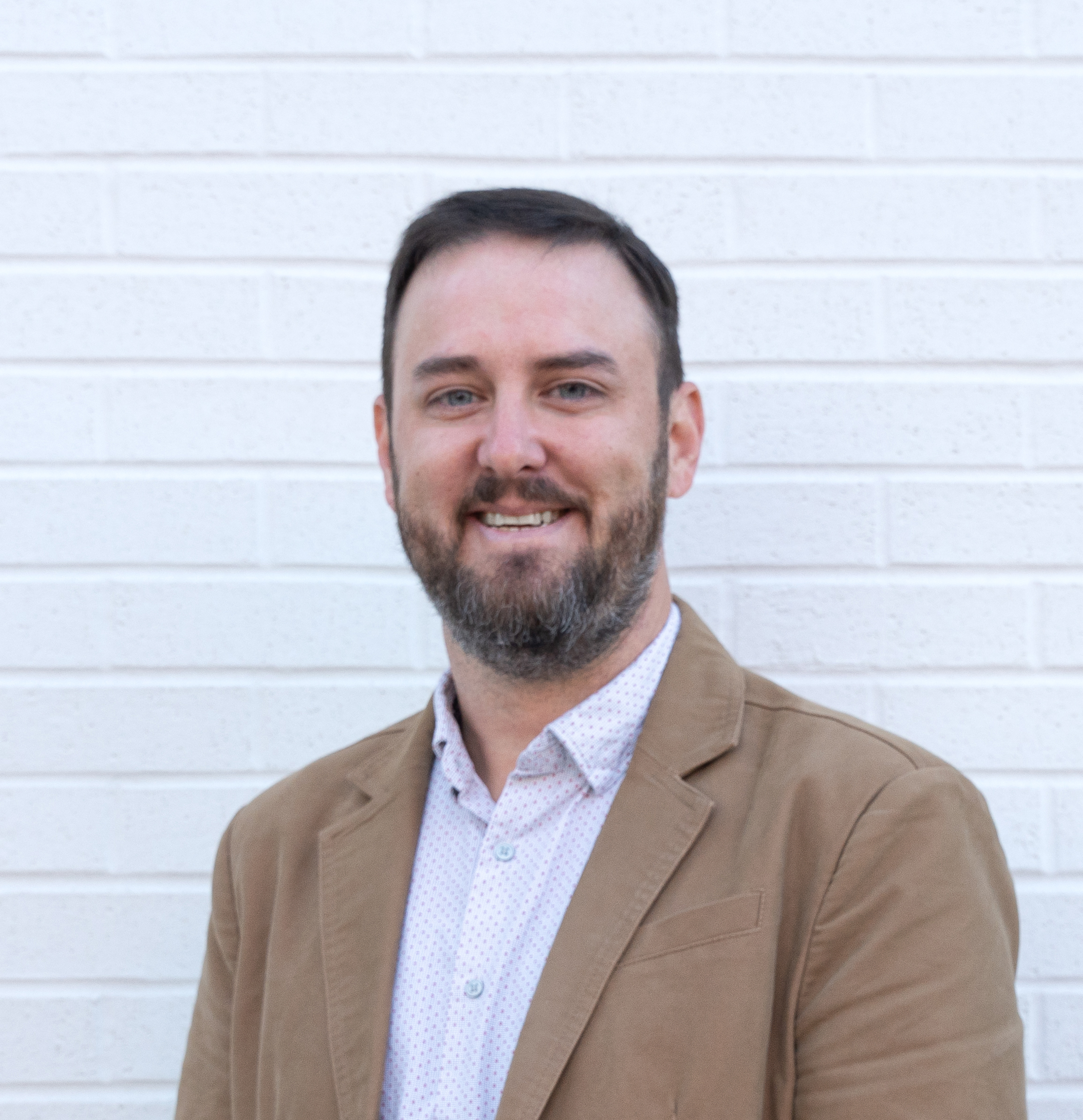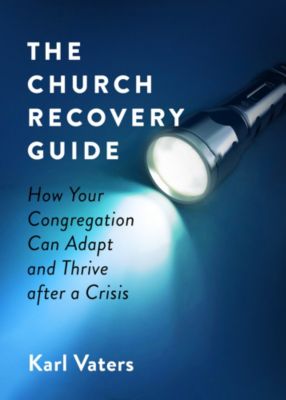
By Aaron Earls
For the first time in more than a year, Erin Mohring and her family attended church in person this past Sunday. They are not the only previously familiar faces returning to pews across the U.S.
A Lifeway Research study earlier this year found 9 in 10 Protestant churchgoers say they plan to return to in-person services once COVID-19 is no longer an active threat. Many of those who are just now returning or plan to return later were, like the Mohrings, active members of their congregation.
Prior to the COVID-19 pandemic, Mohring said she and her family attended Sunday services and Wednesday night activities each week. After coronavirus cases began to spread across the U.S. last spring, however, they made the decision on March 15, 2020, to attend strictly remotely.
That became more difficult as their church moved back to in-person services. “The church we were attending when the pandemic hit did online services for a little while, but when group gatherings of any kind were allowed again in our area, the online services became an afterthought and eventually went away,” she said.
As they did not feel it was safe for their family to physically attend, the Mohrings began to look for a new church in the middle of a pandemic. They have been attending Relevant Community Church in Elkhorn, Nebraska, online each week. Now that she and her husband recently became fully vaccinated, the Mohring family walked into their new church for the first time on Sunday.
Erin said she had a little anxiety prior to their first in-person service, but she was grateful to experience corporate worship again. “It actually made me really emotional,” she said. “We all missed that part of Sunday worship the most.” She said her whole family agreed it was great to listen to the sermon in person and “just be in the room with over believers on a Sunday morning.”
Among weekly churchgoers pre-COVID, 66% attended in person less frequently, if at all, in January 2021. Click To TweetAnalysis of the Lifeway Research study shows there are many churchgoers potentially like Mohring. Significant numbers of those who attended four times a month or more prior to the pandemic are still hesitant to physically attend services. Among weekly churchgoers pre-COVID, 66% attended in person less frequently, if at all, in January 2021. One in 4 who attended weekly prior to the pandemic (25%) say they didn’t physically attend at all this January, even though their church offered in-person services.

Many of those who have not returned yet are those who regularly attended services prior to the pandemic and who say they will physically attend when they feel safe to do so. These statistics indicate that one of pastors’ biggest concerns during the pandemic—that churchgoers won’t return—should be assuaged soon as more Americans become vaccinated, COVID-19 cases decline, and local health and safety guidelines allow for more gatherings.
Research indicates that one of pastors' biggest concerns during the pandemic—that churchgoers won't return—should be assuaged soon. Click To TweetDeeper digital connections
For some, the year away from in-person attendance has allowed them to increase their congregational involvement. Rachel Gregg hasn’t attended church in person for more than a year, but she feels more connected to her congregation now than ever before.
Lifeway Research found many Protestant churchgoers say their faith grew during the pandemic. Most (54%) say the events of 2020 caused them to grow closer to God, including 27% who say they became much closer.
Gregg said she and her 10-year-old daughter stopped physically attending their non-denominational church plant in San Diego, California, at the beginning of March and haven’t been back for an in-person service since. Much of that has been driven by her daughter’s health. “She has a genetic mutation that, at this time, very little information is available,” Gregg said. “As a result, we are uncertain how COVID-19 would affect her if she contracted it.”
Because of this, she said they have been “on the overly cautious side of everything” including in-person church attendance. Yet Gregg said the way her church has responded and offered online opportunities has led her to become more involved.
Gregg had been attending church services a few times a month prior to the pandemic and had not met many people. Because of her family responsibilities, she said she had not been able to commit much time. Since her church moved services online, however, she says she watches more than she was able to attend and has been able to participate in some daily Zoom prayer meetings. She has also connected with the kids’ pastor who regularly checks in with her now.
“I look forward to a time I can return,” Gregg said. “But in the meantime, I feel like the leadership has gone above and beyond to make the people not returning feel welcomed and a part of the church family.”
Distance and disconnect
Gregg, like 86% of U.S. Protestant churchgoers, is proud of how her church handled the pandemic, but that hasn’t been the case for everyone. Joshua Wu and his family in Rochester, New York, were contemplating changing churches prior to the COVID-19 outbreak. But after seeing how “many in our church resisted commonsense public health guidelines,” they decided to leave.
They grew frustrated that some in the church, including his family, wanted the church to address racial injustice this past summer, but “that was not acknowledged,” while church leaders appeased “the group that wanted the church to stand up and push back against ‘government overreach’” with minimal health and safety guidelines.
Wu says their family has not attended church in person since COVID cases started spiking in New York last March. They have watched online each week at a new church and plan to attend physically sometime in the summer. He said that would hinge on two factors: “a significant increase in the percentage of adults vaccinated and a sustained decrease of COVID cases locally.”
Similarly, Kathy Nickerson said she and her husband now feel isolated from their church near their Shelbyville, Mississippi, home. Prior to the pandemic, she said they attended Sunday mornings, Sunday evenings, any special events, and hosted a small group in their home. But that changed after COVID.
“The congregation returned to in-person services fairly soon, but there are mixed opinions about the need for masks, social distancing, and vaccines. I haven’t felt comfortable to fellowship because of that,” she said. “I definitely feel isolated from the life of the church.”
While she and her husband haven’t physically returned to their church, Nickerson said, because they both are fully vaccinated, they did attend an Easter service at a church where her daughter leads worship and that practices masking and social distancing.
Nickerson said she may return to her church later this month but still doesn’t feel completely comfortable yet. “My husband and I are both fully vaccinated, and so are several members of our church. That is the only reason I would even consider returning,” she said. But because they are in a high-risk age group, and her husband is in a high-risk profession as a family physician, she is still wary. “I will probably decide week-by-week based on active cases in our county,” she said.
"I feel a bit of a stigma, as if I’m still trying to fight a war that others believe has ended. ‘Poor old thing, she doesn’t know the treaty was signed.’” Click To TweetThe situation has changed for Nickerson as the pandemic has stretched on. “When everyone was staying home, it was easy to feel a surge of faith for the hard times. I felt so connected to brothers and sisters, not only in our church but across the world. We were in it together: making videos, sharing stories, applauding healthcare workers from our balconies, encouraging one another. Now that the church has become hybrid, I feel a bit of a stigma,” she said, “as if I’m still trying to fight a war that others believe has ended. ‘Poor old thing, she doesn’t know the treaty was signed.’”
Coming together
As COVID-19 cases fall and vaccinations rise, churches should begin to see many of their hesitant members return. But with congregations returning to a sense of physical normalcy, many of those who stayed away longest during the pandemic hope that not everything returns to normal.
“Like many other things, the pandemic has brought to light some of the ways our practices and habits were not working for everyone.” Click To Tweet“Like many other things, the pandemic has brought to light some of the ways our practices and habits were not working for everyone,” said Gregg. “The challenges of attending and participating in church while having a child with special needs are often overlooked. I imagine there are others that feel a similar disconnect due to circumstances they have very little control over. My hope is that some of those changes that have been put into practice as a result of the pandemic are evaluated and made permanent.”
For Wu, he hopes churches evaluate discipleship, not only in light of the pandemic, but the other potentially divisive events during 2020. “We are hopeful that churches, if not the church we left, will look back at the pandemic, on the heels of racial unrest and a contentious election, as a reminder that failing to disciple members on political discernment and how our faith should shape our civic engagement will ensure members will be discipled by non-church authorities to the detriment of unity in the body of Christ,” he said.
As the Mohrings return to church, Erin said she’s thankful for the way her new church continued to serve and minister to her while she was participating online. “Being able to experience the full service live online on Sundays, as well as other church offerings being made available remotely, has been such a blessing to us,” she said, “and speaks a lot to how this church cares about all its members, regardless of their method preference for attendance.”
Continuing to serve those watching from a distance may be a way to connect with old and new attendees and transition those hesitating back to physically gathering again. Click To TweetMost church leaders want to move people from watching services online to safely participating in person, but paradoxically continuing to serve those watching from a distance may be a way to connect with old and new attendees and transition those hesitating back to physically gathering again.
In the coming weeks, there may be more testimonies like Erin Mohring’s as she reflected on her family’s first Sunday back. “We are all so happy we were able to take this first step in returning to ‘normal,’” she said, “and becoming more of a part of our new church community.”









